Compost for soil is a natural and organic way to improve soil health and fertility. Composting involves decomposing organic matter, such as food scraps, yard waste, and manure. This process creates a nutrient-rich soil amendment that can enhance the soil structure, increase water retention, and promote plant growth.
Composting is a sustainable and environmentally friendly practice that reduces waste and greenhouse gas emissions. It also reduces the need for chemical fertilizers and pesticides, which can negatively impact the environment and human health.
Compost can add to gardens, lawns, and agricultural fields to improve soil quality and productivity. Overall, composting for soil is an effective and natural way to support healthy plant growth, reduce waste, and promote a sustainable future.
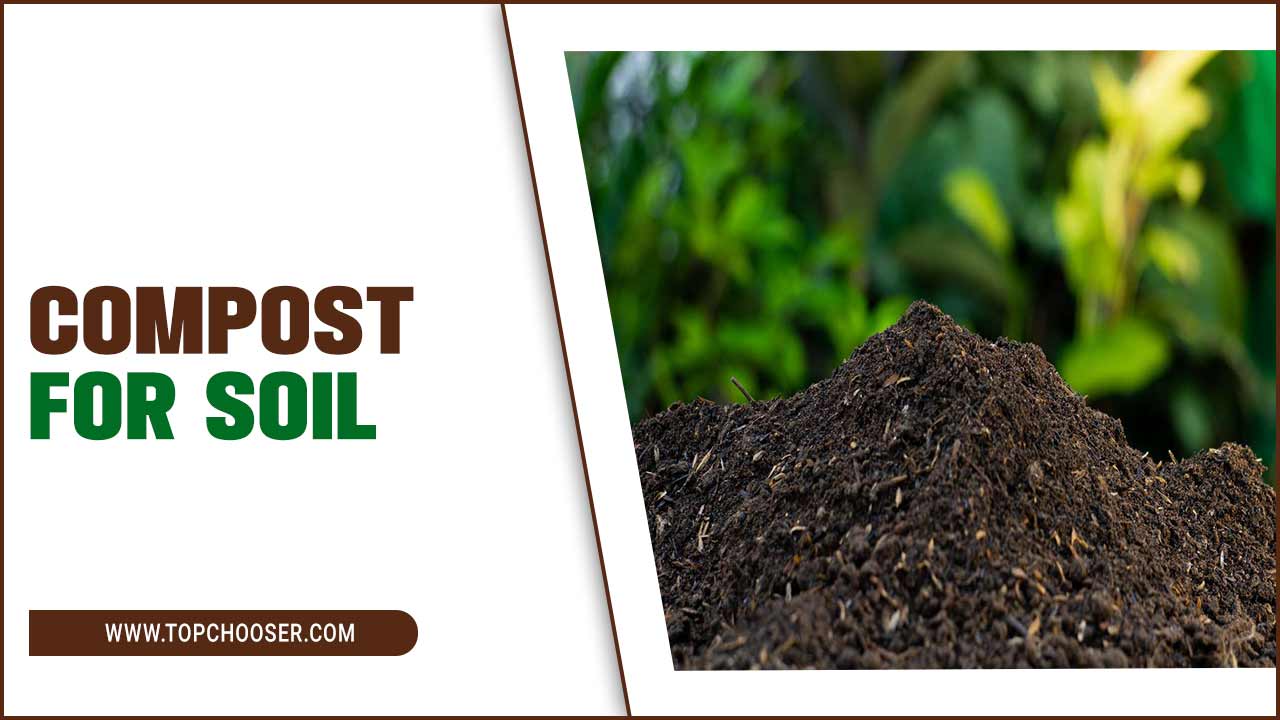
Understanding Composting Materials
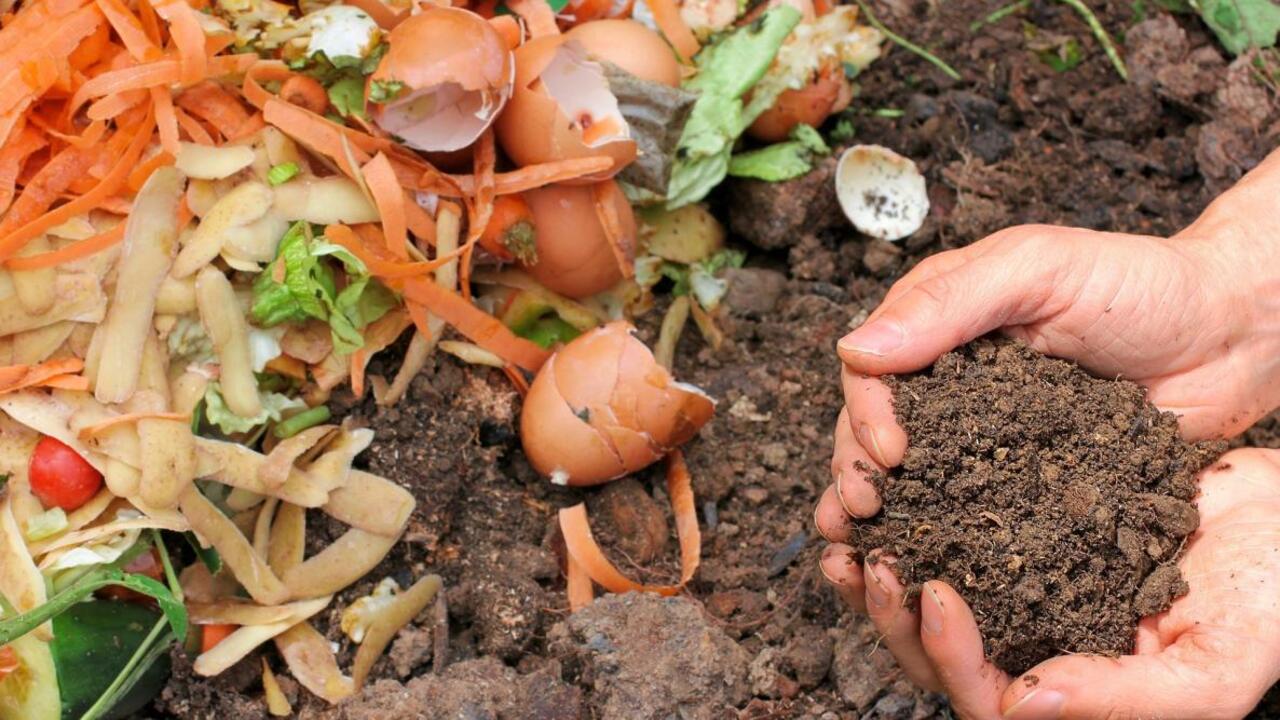
A successful composting process requires a balance between green and brown materials. Aim for a roughly 2:1 or 3:1 (carbon to nitrogen). Ensuring a mixture that is not too dry or too wet. Composting materials can be categorized into two main types: green materials and brown materials. Both types are crucial for creating a balanced and successful composting process:
- Green Materials: Green materials are nitrogen-rich components that provide moisture and nutrients to the compost pile. Examples include:
- Kitchen Scraps: Fruit and vegetable peels, coffee grounds, tea leaves, and eggshells.
- Garden Waste: Fresh grass clippings, weeds (without seeds), and plant trimmings.
- Livestock Manure: Herbivore manure, such as from cows, horses, or rabbits (avoid using carnivorous animal waste).
- Brown Materials: Brown materials are carbon-rich components that provide structure, absorb moisture, and balance the nitrogen content.
- Dry Leaves: Fallen leaves, straw, or hay.
- Shredded Paper: Uncoated paper or cardboard torn into small pieces.
- Wood Chips: Small branches or twigs, chipped or shredded.
- Dry Plant Material: Dried stalks, corn husks, or dry plant debris.
The Basics Of Creating And Using Compost For Soil
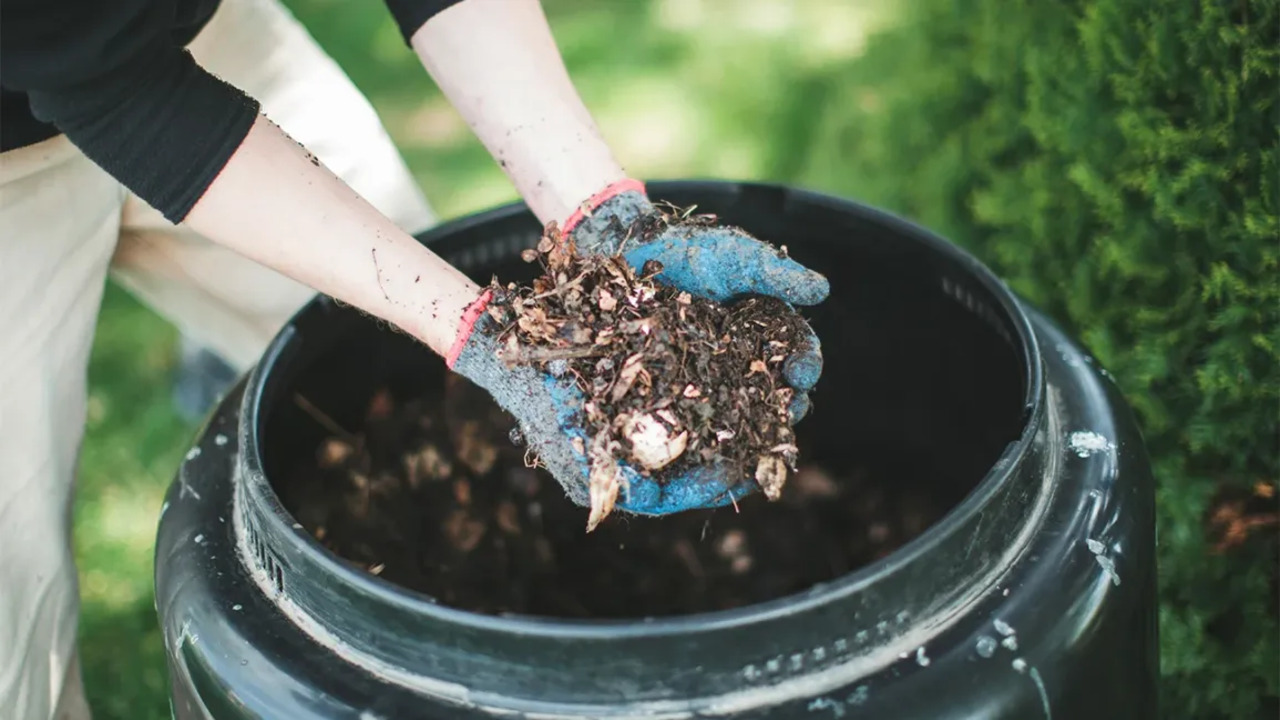
Compost is a natural and organic soil amendment that can improve the quality and health of your soil and plants. Compost is made from decomposed organic matter. Such as food scraps, yard trimmings, and paper products that microorganisms transform into a dark and crumbly substance.
Compost can provide nutrients, organic matter, and beneficial microorganisms to the soil, enhancing its structure, water retention, and fertility. It can also help prevent soil erosion, compaction, and nutrient leaching and suppress diseases and pests.
Compost can also reduce greenhouse gas emissions and landfill waste by diverting organic materials from other disposal methods. Composting is a simple and rewarding way to recycle your waste and create a valuable resource for your garden. Here are some tips on using compost for soil.
Choosing The Right Composting Method For Your Needs
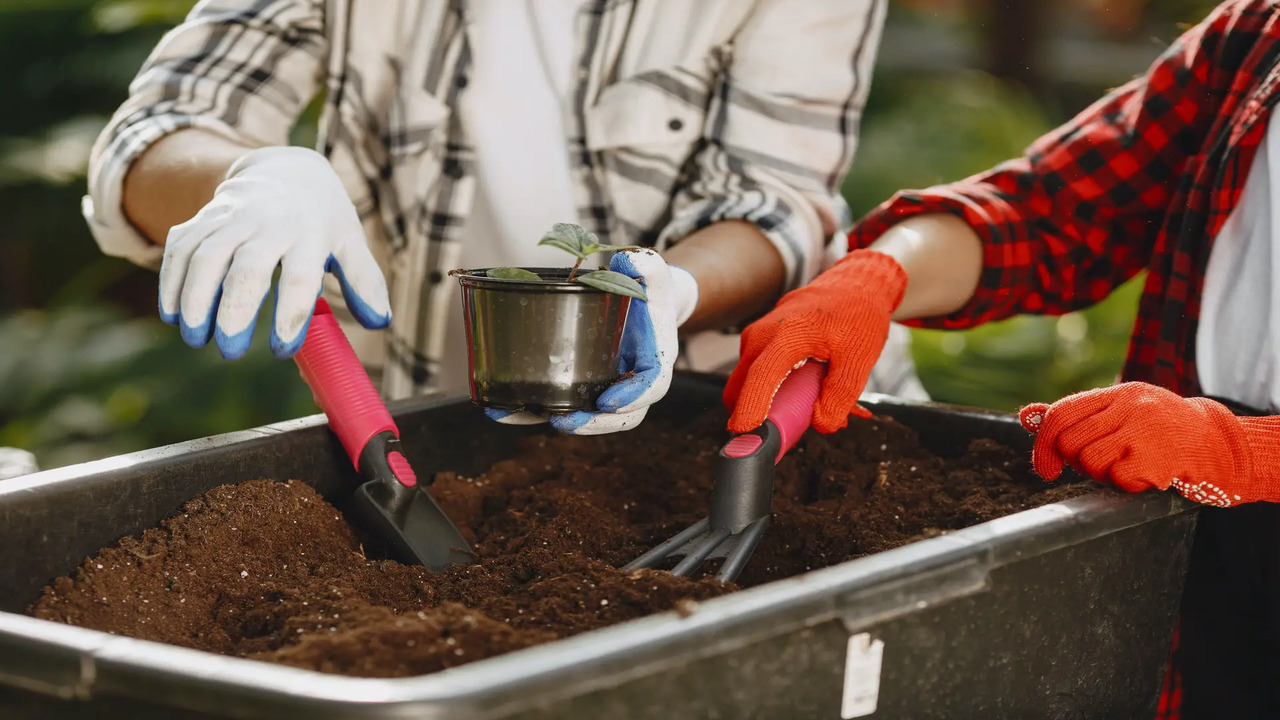
Each composting method type has advantages and is suitable for different circumstances and preferences. Choose the method that aligns with your resources, available space, and desired level of involvement to convert organic waste into valuable compost effectively. Several types of composting methods can be used to convert organic waste into nutrient-rich compost:
- Backyard composting: This is the traditional method of composting. Where you create a pile or bin of organic materials in your backyard or garden. This method requires space, time, and effort to maintain the pile or bin. But it can produce large amounts of compost for your garden.
- Vermicomposting: This is the method of composting with worms. Where you use red wigglers or other composting worms to break down organic materials in a container. This method requires less space and maintenance than backyard composting. But it can produce smaller amounts of compost and worm castings, rich in nutrients and beneficial microorganisms.
- Bokashi composting: This is composting with fermentation, where you use special bran inoculated with beneficial bacteria to ferment organic materials in a sealed bucket. This method requires minimal space and maintenance, but it can produce a sour-smelling liquid that needs to be diluted before use. The fermented materials also need to be buried or mixed with soil or other compost to finish decomposing.
Collecting And Preparing Compostable Materials
The key to successful composting is to collect and prepare various compostable materials with a balanced carbon and nitrogen ratio. Carbon-rich materials, also known as browns, include dry leaves, straws, wood chips, paper products, and cardboard. Nitrogen-rich materials, also known as greens, include fresh grass clippings, kitchen scraps, coffee grounds, tea bags, manure, and seaweed. A good carbon-to-nitrogen ratio is about 25:1 to 30:1 by weight or 2:1 to 3:1 by volume.
To prepare your materials for composting, chop or shred them into small pieces to increase their surface area and speed up decomposition. You should also moisten your materials to about the dampness of a wrung-out sponge. You should avoid adding materials that may attract pests, cause odors, or spread diseases or weeds, such as meat, dairy products, fats, oils, bones, pet waste, diseased plants, or invasive weeds.
Creating The Perfect Compost Pile Or Bin
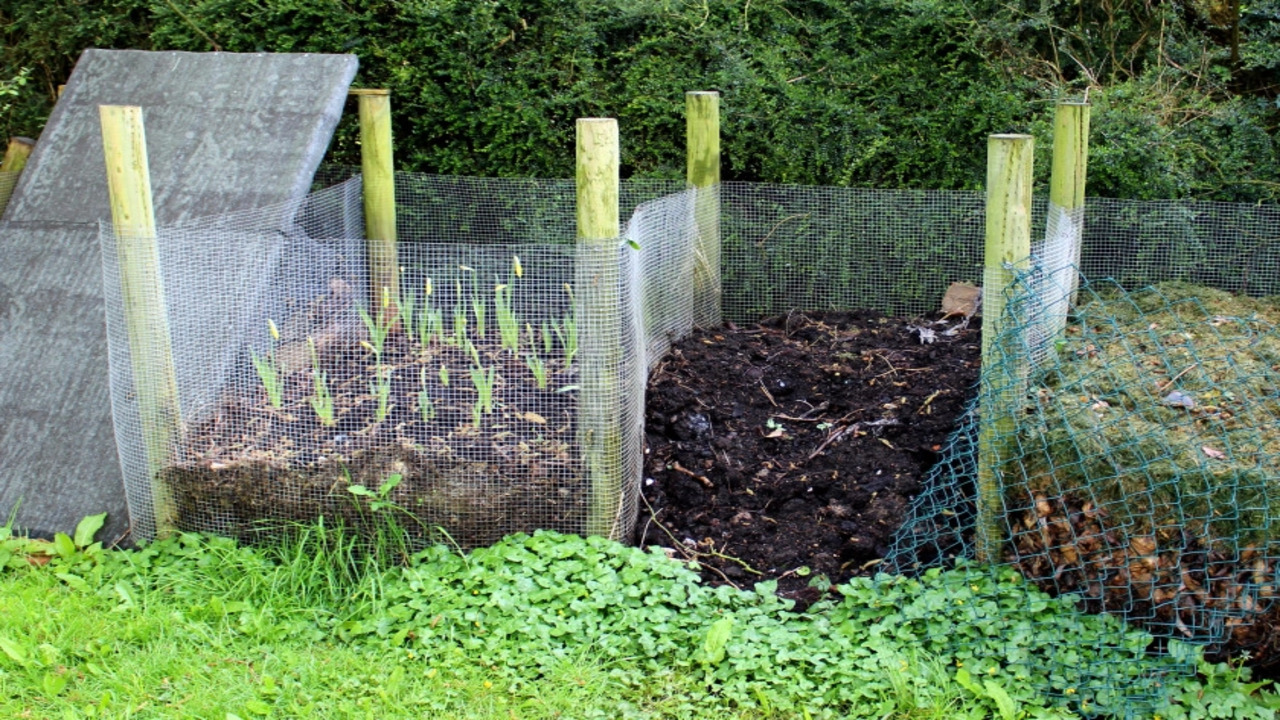
To create your compost pile or bin, you should choose a location that is convenient, accessible, well-drained, and partially shaded. You should also choose a container that suits your needs and preferences. You can use a simple wire mesh or wooden pallet bin, a plastic or metal tumbler bin, or a homemade or commercial composter.
To start your pile or bin, you should layer your materials in alternating layers of browns and greens. You should aim for about 3 inches of browns followed by 2 inches of greens. Add soil or finished compost to introduce microorganisms to your pile or bin. You should moisten each layer as you add it.
Monitoring And Maintaining Your Compost
To monitor your compost, you should check its temperature regularly with a thermometer or by feeling it with your hand. A healthy compost pile or bin should feel warm or hot in the center. This indicates that the microorganisms are active and break down the materials. The temperature should range from 90°F to 140°F for optimal decomposition.
Harvesting And Using Finished Compost
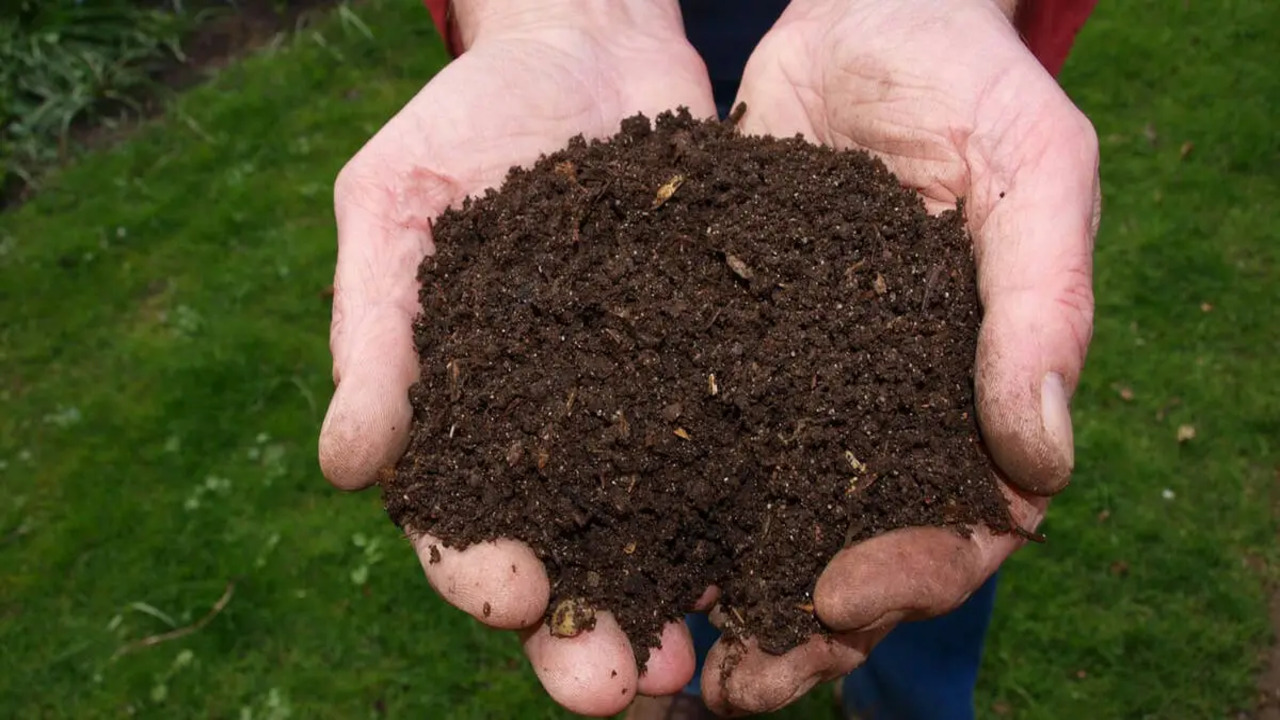
Your compost is ready to use when it looks dark, crumbly, and earthy and when you can no longer recognize the original materials. This can take anywhere from a few weeks to a few months, depending on the method, materials, and conditions of your composting.
To harvest your compost, you should sift it through a screen or a mesh to separate the finished compost from any unfinished materials. You can return the unfinished materials to your pile or bin to continue decomposing.
Using Compost To Improve Soil Structure And Fertility
Compost can improve the structure and fertility of your soil by adding organic matter, nutrients, and beneficial microorganisms. Compost can also help regulate your soil’s pH, water retention, and drainage.
To use compost to improve your soil, apply it at least once a year, preferably in the spring or fall. You can apply compost as a top dressing, by spreading it on the surface of your soil, or as a soil amendment, by mixing it with your soil. You should use about 1 to 3 inches of compost per application, depending on the quality and condition of your soil.
Applying Compost To Different Types Of Plants And Gardens
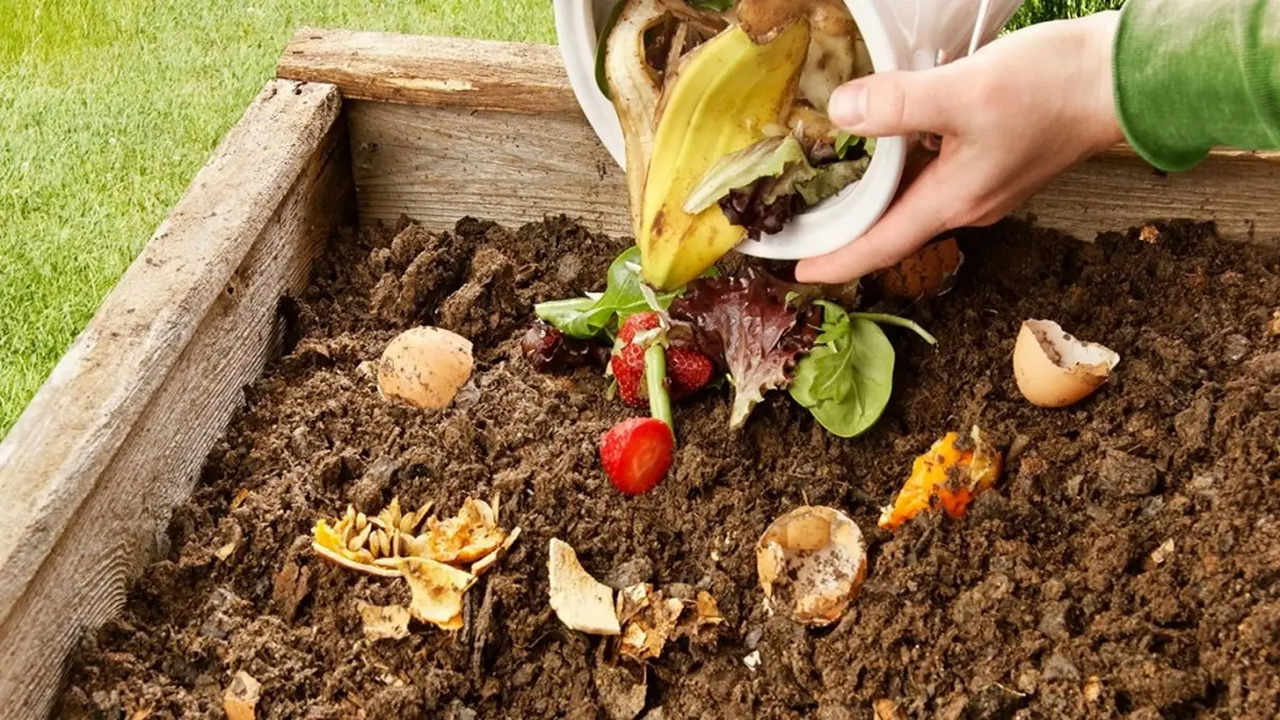
Compost can benefit different types of plants and gardens by providing them with the nutrients and organic matter they need. Compost can also help prevent diseases and pests by boosting the immunity and resilience of your plants. To apply compost to different types of plants and gardens, you should follow these general guidelines:
- Vegetables: You should apply compost before planting your vegetables, mixing them with your soil, or creating raised beds. You should also apply compost during the growing season by side-dressing your vegetables or making compost tea.
- Flowers: You should apply compost before planting, mixing it with your soil, or creating raised beds. You should also apply compost by mulching your flowers or making compost tea during the growing season.
- Fruit trees: You should apply compost before planting your fruit trees by digging a hole twice as wide as the root ball and filling it with a mixture of soil and compost. You should also apply compost every year in the spring by spreading it around the base of your tree.
Conclusion
Compost is of utmost importance for the success of any gardening or farming endeavor. Compost is a specific combination of organic matter that, when added to soil, can improve its structure, water-holding capacity, and nutrient content. The use of compost has been shown to lead to increased yields, healthier plants, and reduced need for chemical fertilizers and pesticides.
In addition, composting can divert organic waste from landfills, reducing greenhouse gas emissions and promoting sustainability. The success of compost for soil lies in its ability to enhance soil quality naturally and sustainably, promoting healthy ecosystems and benefiting the environment as a whole.
Therefore, it is essential that gardeners and farmers alike recognize the importance of composting and incorporate it into their soil management practices to ensure long-term success and sustainability.
FAQs
[rank_math_rich_snippet id=”s-7c15db95-529b-4627-8c27-7d8591789ee1″]

I am passionate about home engineering. I specialize in designing, installing, and maintaining heating, ventilation, and air conditioning systems. My goal is to help people stay comfortable in their homes all year long.
